April 2022
According to Grain SA economists, input prices have risen on average over a one-year period, with seed by 6%, fertiliser by 128%, agrochemicals by 18% and fuel by 40%. Internationally, a basket of energy commodities have basically doubled in the past six months. A typical grain producer’s direct input costs are 50% higher year-on-year.
Our farmer’s dependence on international markets, since more than 80% of agricultural inputs are imported, together with local infrastructure and unrest challenges, amplifies local input price increases. The impact on small-scale producers is detrimental because these farmers do not necessarily have the opportunity to make early purchases or have the benefit of economies of scale.
For South Africa to be competitive in the future, actions will have to be taken to mitigate the risks of rising input costs. The short term solution is to increase productivity and ensure optimal profitability is achieved which means more efficient, accurate utilisation and placement of inputs. This all requires expertise, sophisticated knowledge and access to modern technology. Here the Grain SA Farmer Development team can make a significant impact toward mitigating these challenges.
We cannot neglect to note here that in the medium- to long-term, local value chain, role-players and the South African government will have to work together to implement plans effectively to ensure the risks of international availability of inputs and price increases are mitigated. The need exists to ensure the resources which are indeed available, such as phosphates, are effectively exploited and processed to ensure local availability.
BFAP's analysis reflects that droughts have a significant impact on competitiveness and local producers need affordable and multi-risk insurance. Increases in fuel costs and on-going load shedding also present challenges that affect profitability for example the development and operation of necessary infrastructure such as silo complexes and processing plants are hampered, placing further pressure on costs.
The international crisis has once again shown that South Africa's food and fibre production is directly dependent on international factors. It is critical to ensure that all available South African resources are processed and utilised effectively to make them more affordable and available timeously.
Private sector and government must work together to mitigate these risks. The main goal is clear – ‘to enable farmers to place sufficient quantities of safe and high quality food, timely and affordably, on every citizen's table’ (Grain SA press release: 12 November 2021).
The pressure on the profit margins on the farm means that farm management has to be excellent. There is no room for mistakes or misjudged actions and no question of calling a weak decision ‘school fees’ – it could break the bank and mean the ‘death’ of yet another budding farming enterprise.
Sustainable food production is under pressure and new farmers and small farmers will bear the brunt of the situation. We have to lobby for more investment into support and mentorship being made available to the developing agriculture sector. Grain SA Farmer Development has an excellent track record having built wonderful relationships with so many farmers in key grain growing regions of South Africa.
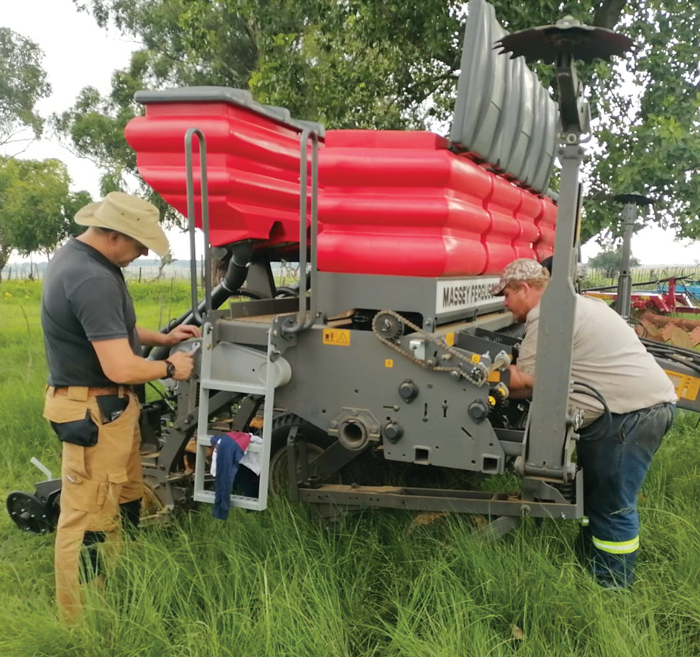
Ntombizethu Dorcas Shongwe from Smutsoog Farm in Mpumalanga, received a new planter. The team will ensure that she learns how to work with it.
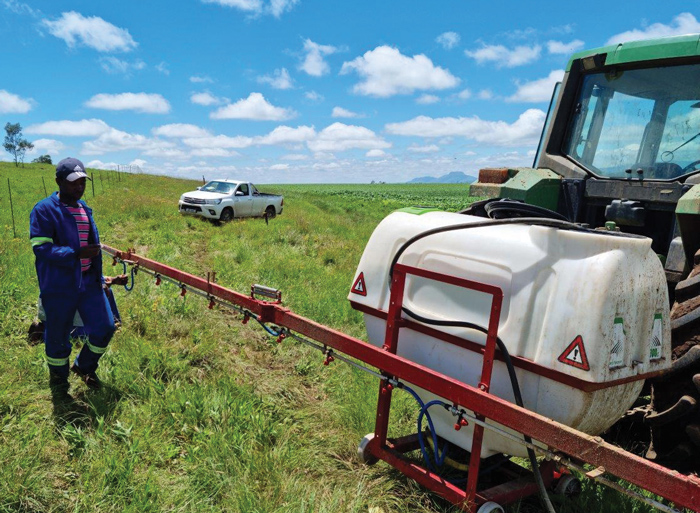
Bheki Mabuza managed to plant 100 ha of maize and 40 ha of soybeans. He struggled to apply his second herbicide application as it was very wet.
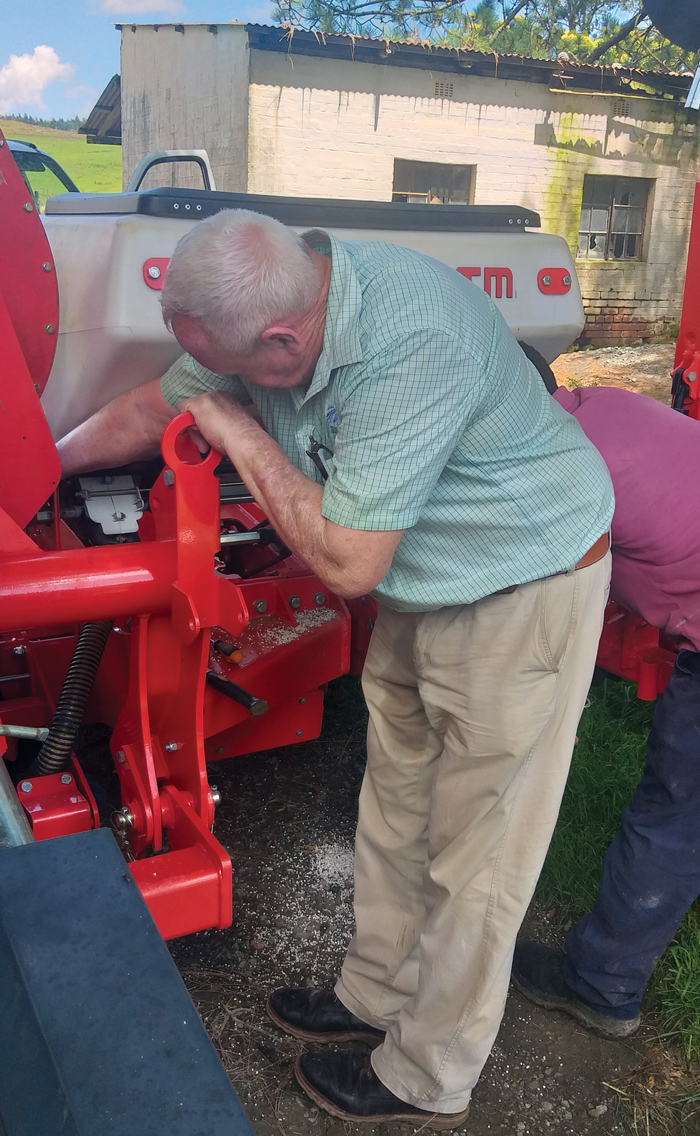
Grain SA mentor Chris de Jager assists Richard Shelembe of Klawervlei to calibrate his planter accurately so as not to waste seed.
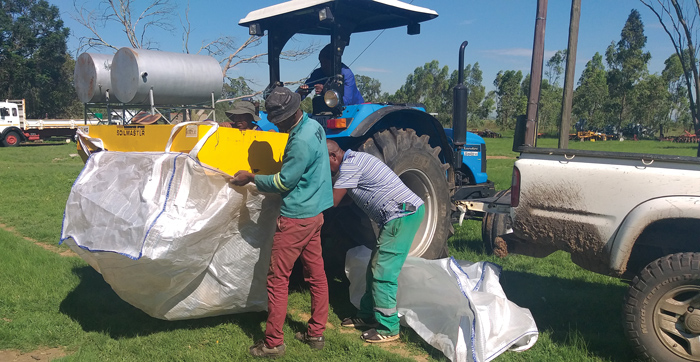
Raphael Masuku busy preparing his spreader for calibration.
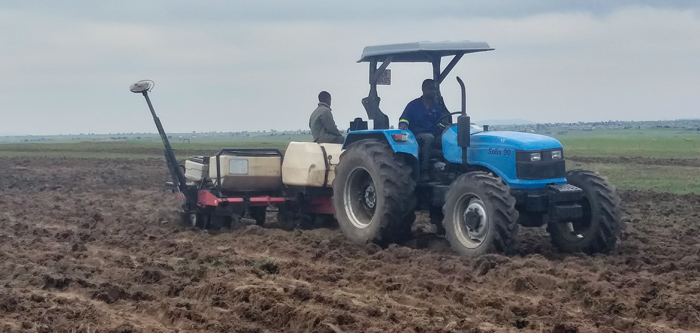
Jabulanyi Ngwenya planting maize.
The Grain SA team made 143 farm visits to lend support and face to face mentoring to farmers during January 2022. The team also touched base with different study group members 91 times during January.
As a result of the high rainfall received in many areas, the Grain SA Farmer Development team faced many challenges that had to be crisis managed during the months of December and January. Although most farmers experienced difficulties like not being able to plant, nutrient deficiencies due to waterlogging and some farmers in the Eastern Cape experiencing hail damage at least three times, it’s not all doom and gloom though. With the right support and timeous action on the part of the farmers there are many beautiful crops thriving in the fields. We are hopeful that with correct management procedures, there will still be many good yields.
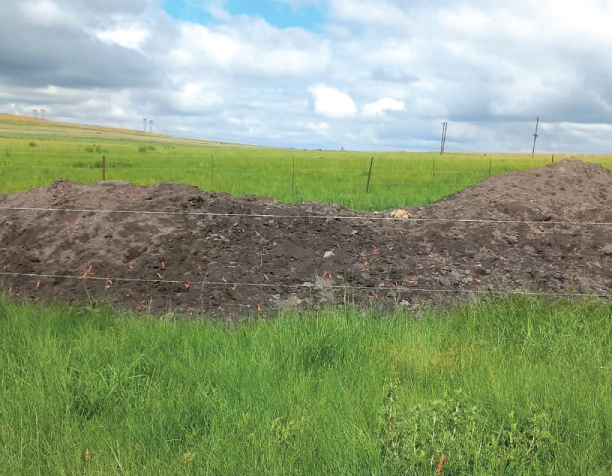
This lime was delivered to the field but it has been too wet to get the tractors rolling through the fields to apply it.
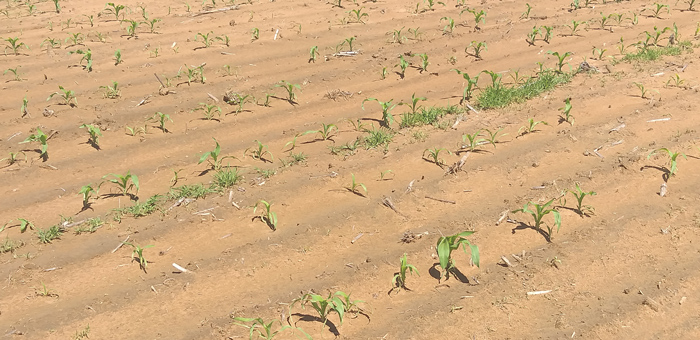
These mealies are struggling to stand upright in the waterlogged fields. The sandy soil was waterlogged and the maize plants stunned as there is no air in the root zone.
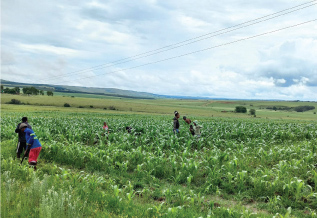
Farmer Boy Nzimande is a recap farmer who farms on Sterkfontein Farm near Amsterdam. He could not get all his fields planted because of the wet fields. However the planted maize looks good and he has applied topdressing on all his maize. Knapsacks have been used to apply herbicides as he can’t get into the fields with his tractor and boom sprayer.
What an amazing year it has been. We had all hoped for a wet summer grain growing season but who could have predicted this amount of rain and all the accompanying challenges. Perhaps this is preferable to the endless blazing heat of a drought season. Our poor farm bakkies all need some extra tender loving care and servicing as they have had to plough their way through rivers of water and mud that are supposed to be the farm roads.
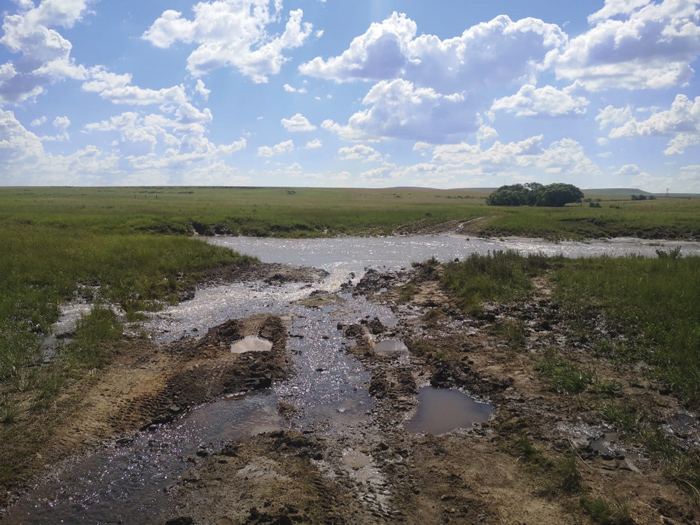
The roads on farmer Thomas Sibiya’s farm at Schurwepoort in Mpumalanga are rivers of mud. (Photo taken on 5 January 2022)
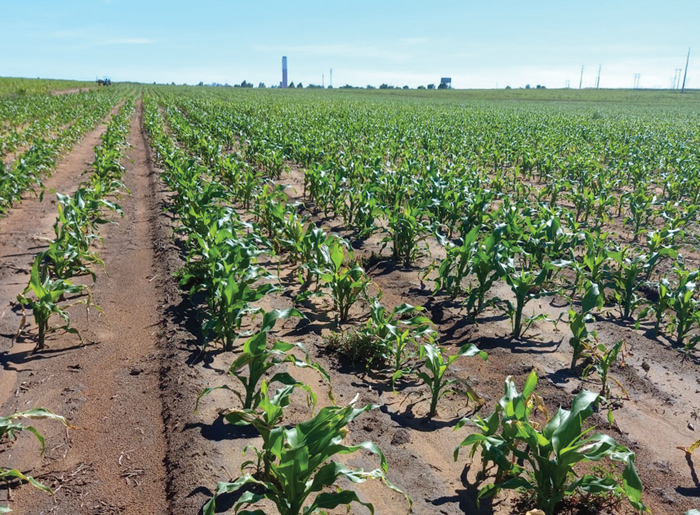
The fields are very wet on Koornfontein, the farm of Alfred Manqoba.
Publication: April 2022
Section: Pula/Imvula